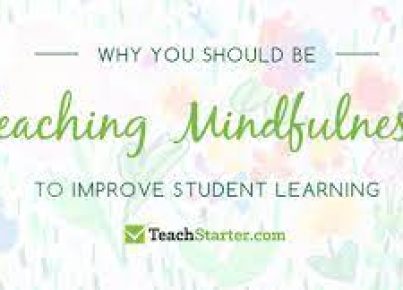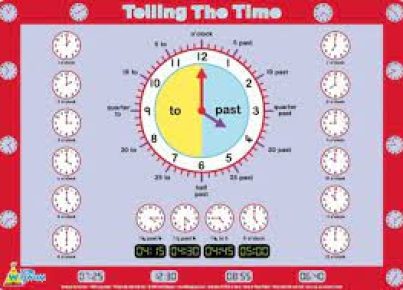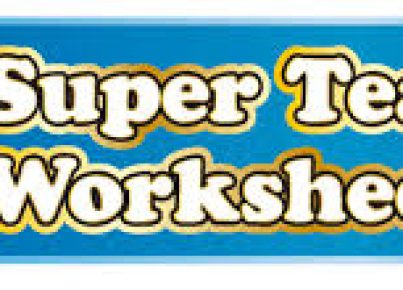Classroom procedures are an essential component of effective teaching. They create a structured environment where both teachers and students know what to expect and how to behave, enabling smoother transitions and maximizing learning time. Teaching resources that address classroom procedures can include:
1.Entry Routines: Tools and guides on how to enter the classroom, where to put belongings, and how to begin work promptly.
2.Attention Getters: A compilation of signals or phrases used by teachers to gain the attention of students quickly without raising their voice.
3.Transition Strategies: Step-by-step methods for moving efficiently from one activity to another without chaos or time-wasting.
4.Assignment Turn-in Procedures: Clear system for submitting completed work, which could involve labeled bins or folders, ensuring that no student work is misplaced.
5.Group Work Protocols: Clearly-defined roles and guidelines for collaboration that help students work together productively.
6.Technology Use Policies: Explicit rules about when and how technology may be used during class, including computers, tablets, or other devices.
7.End-of-Day Routines: Activities and checklists for end-of-day tasks, such as cleaning up workspaces, reflecting on the day’s learning, or preparing take-home materials.
8.Emergency Procedures: Detailed plans for various emergencies so that students know how to react during drills or actual incidents.
9.Behavioral Expectations and Consequences: Charts or matrices outlining the expected behaviors in the classroom along with positive reinforcement techniques and consequences for misbehavior.
10.Homework Protocols: Procedures regarding homework expectations, recording assignments, timelines, and submission guidelines.
By integrating these teaching resources into the curriculum planning, educators can streamline classroom management and create an atmosphere conducive to learning. Each resource typically comes with instructions, printable materials like posters or handouts, lesson plans for teaching each procedure, and sometimes videos demonstrating the procedures in action.
These materials serve as valuable training aids not only for new teachers designing their first classroom management plan but also for experienced educators looking to refine their strategies. With these resources in place, classrooms can become more organized environments where both instruction and learning flourish.





